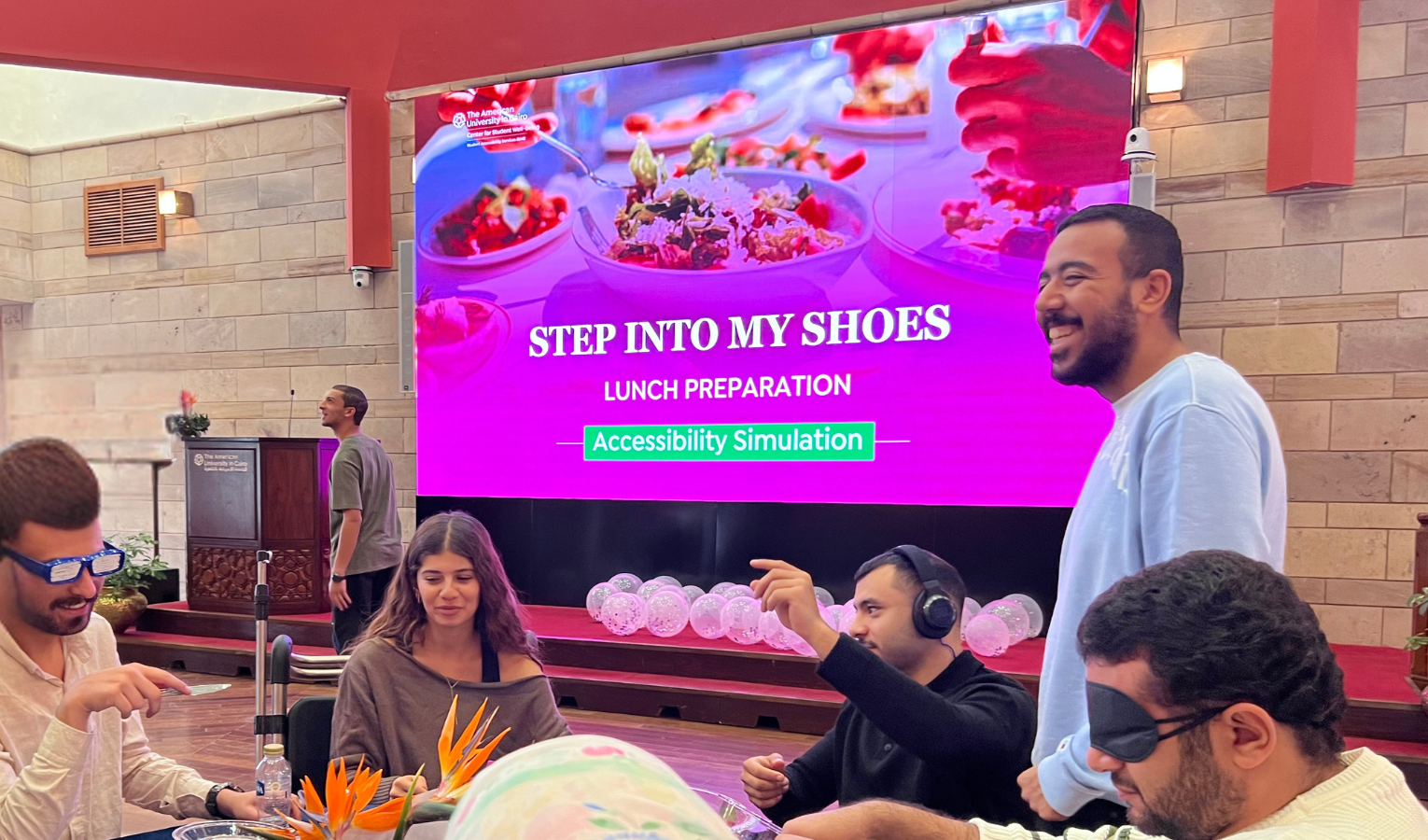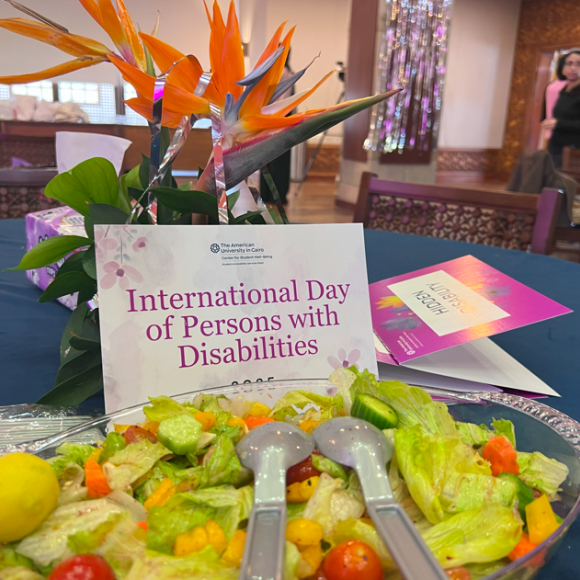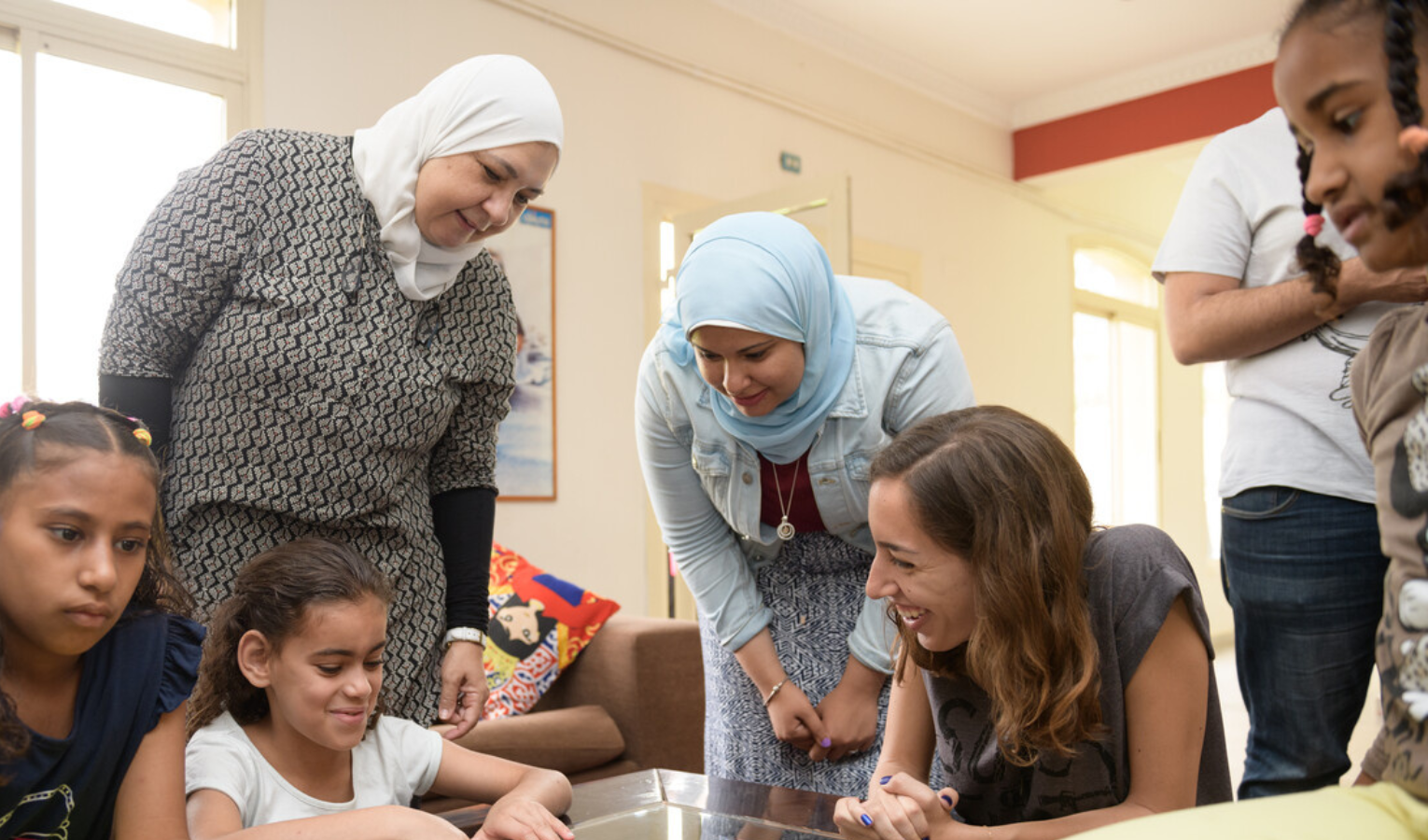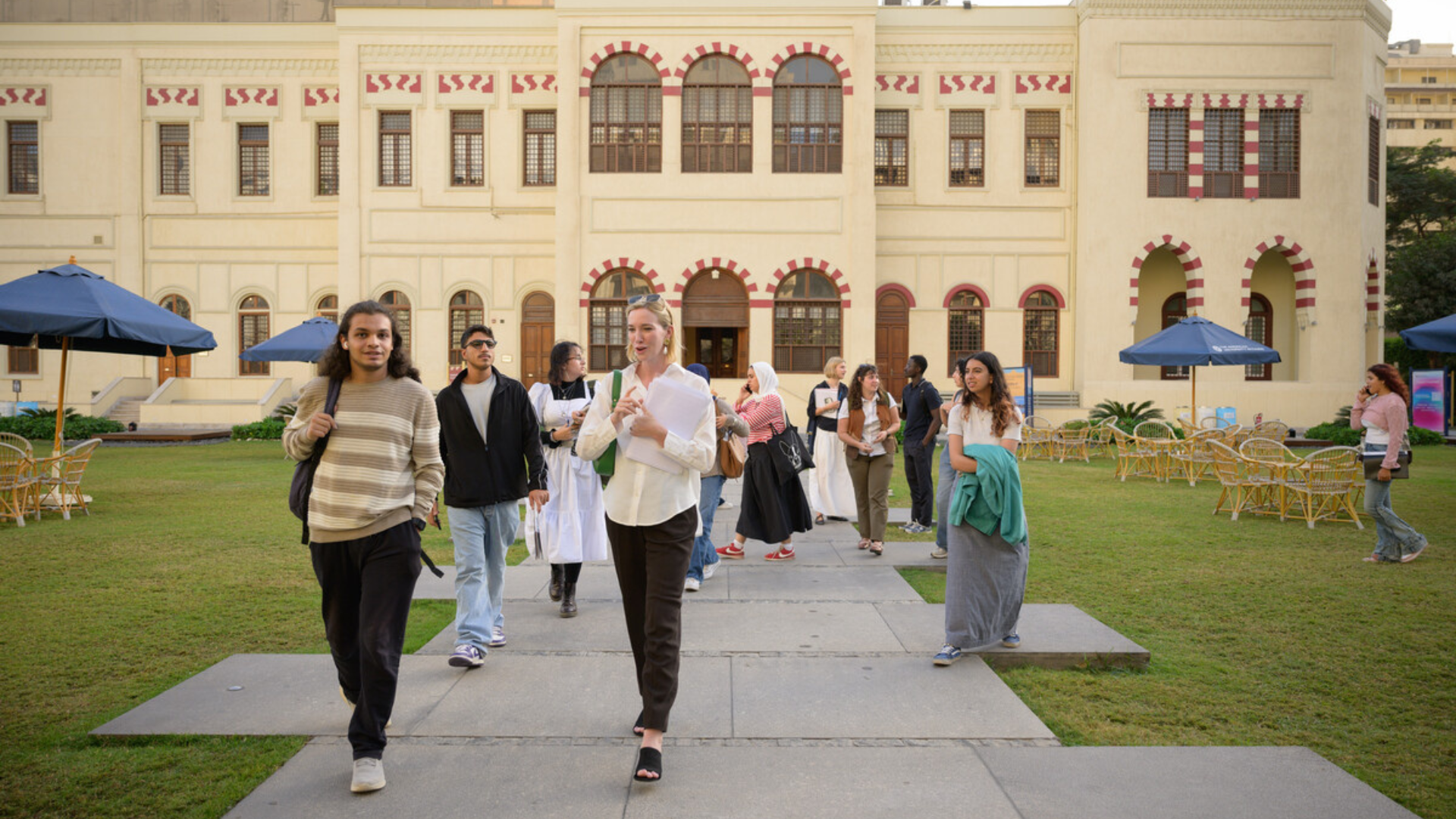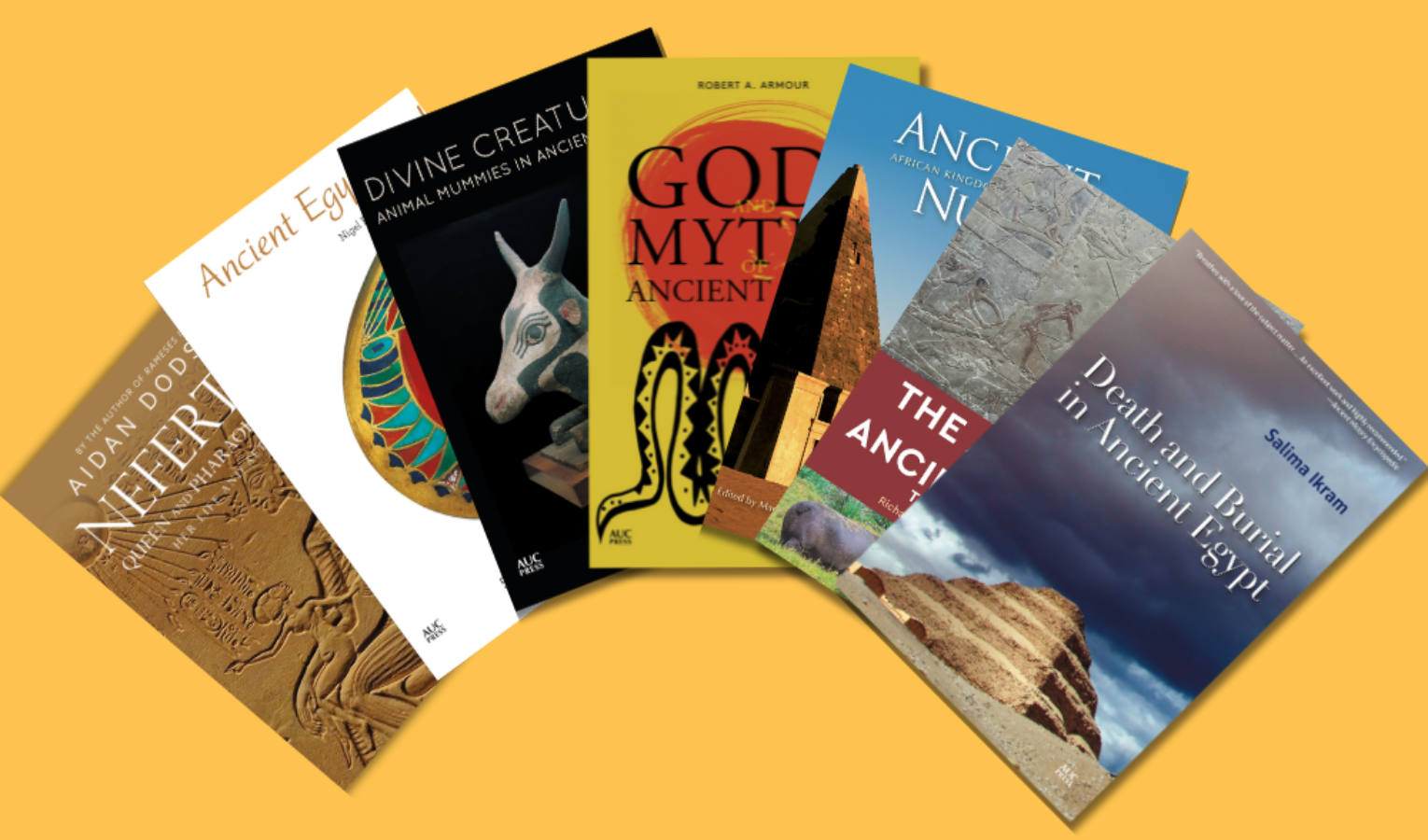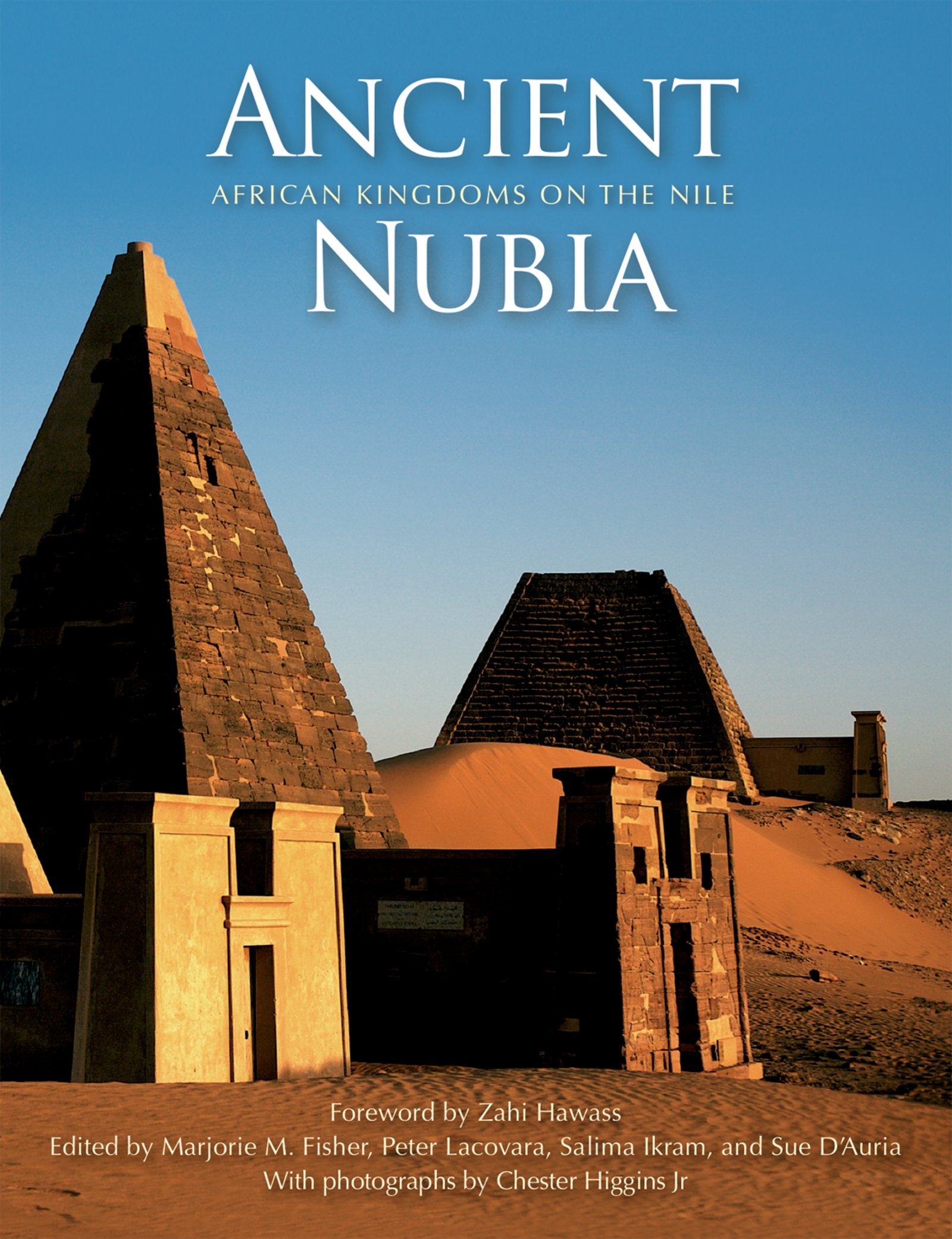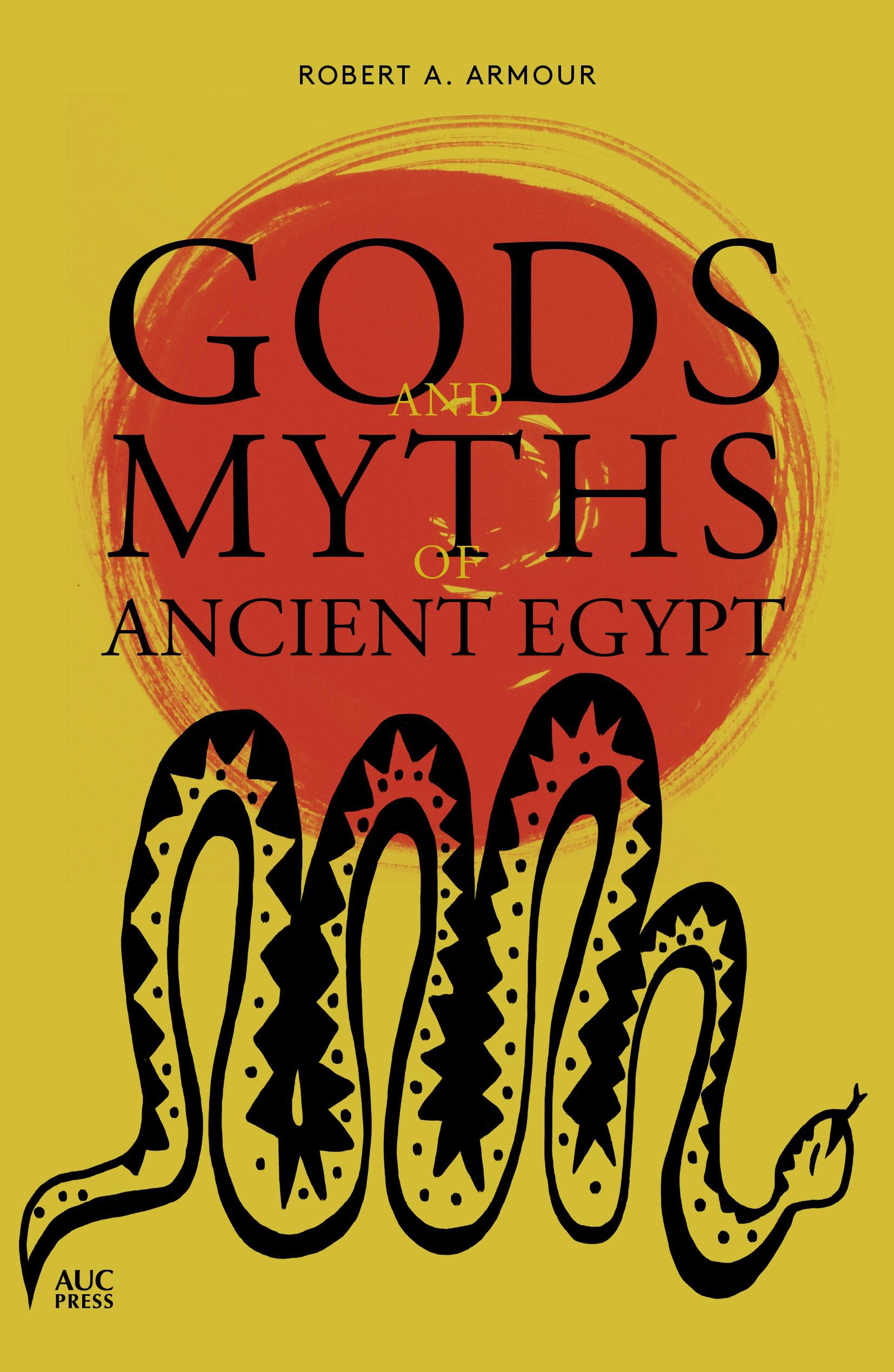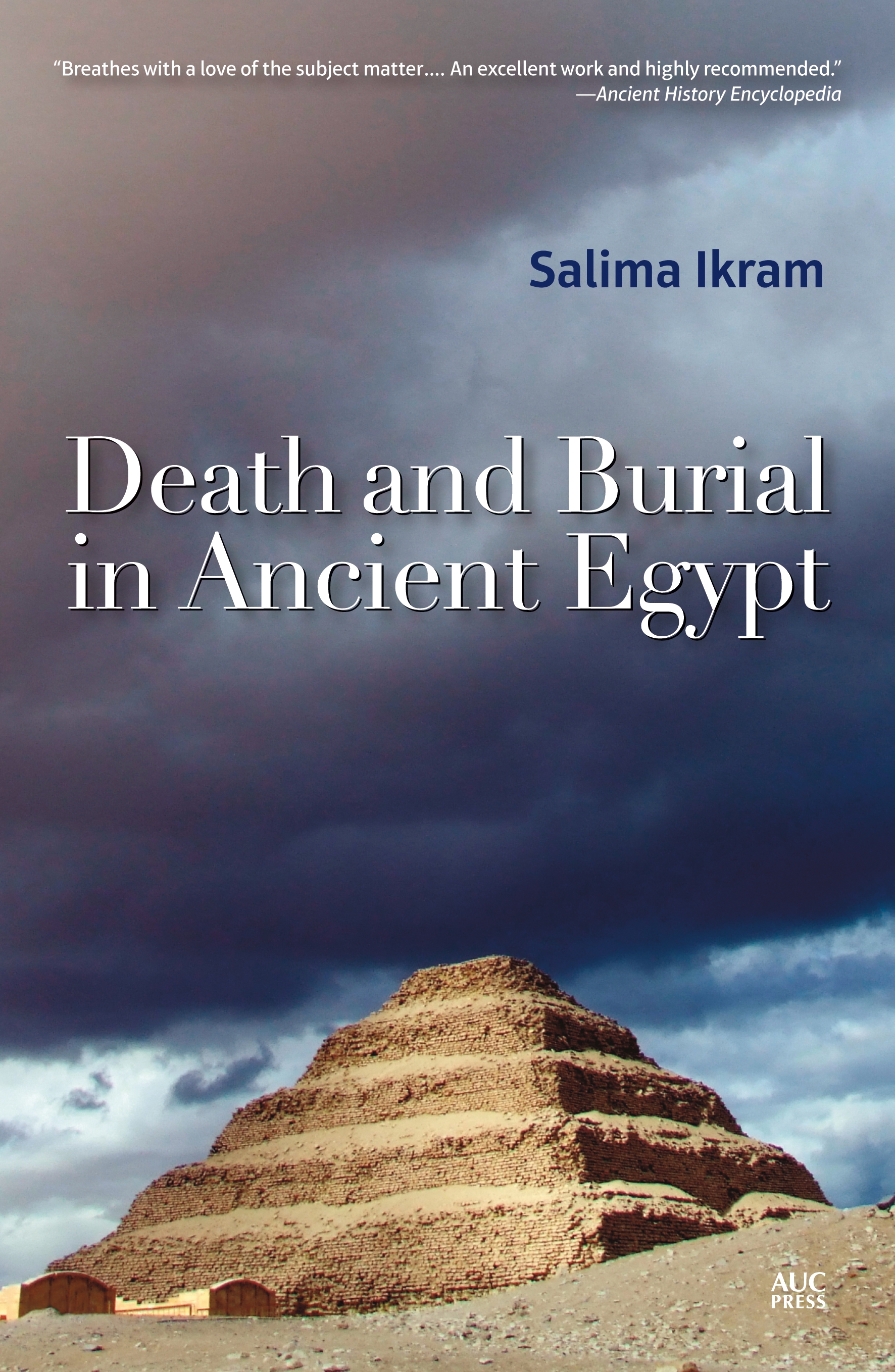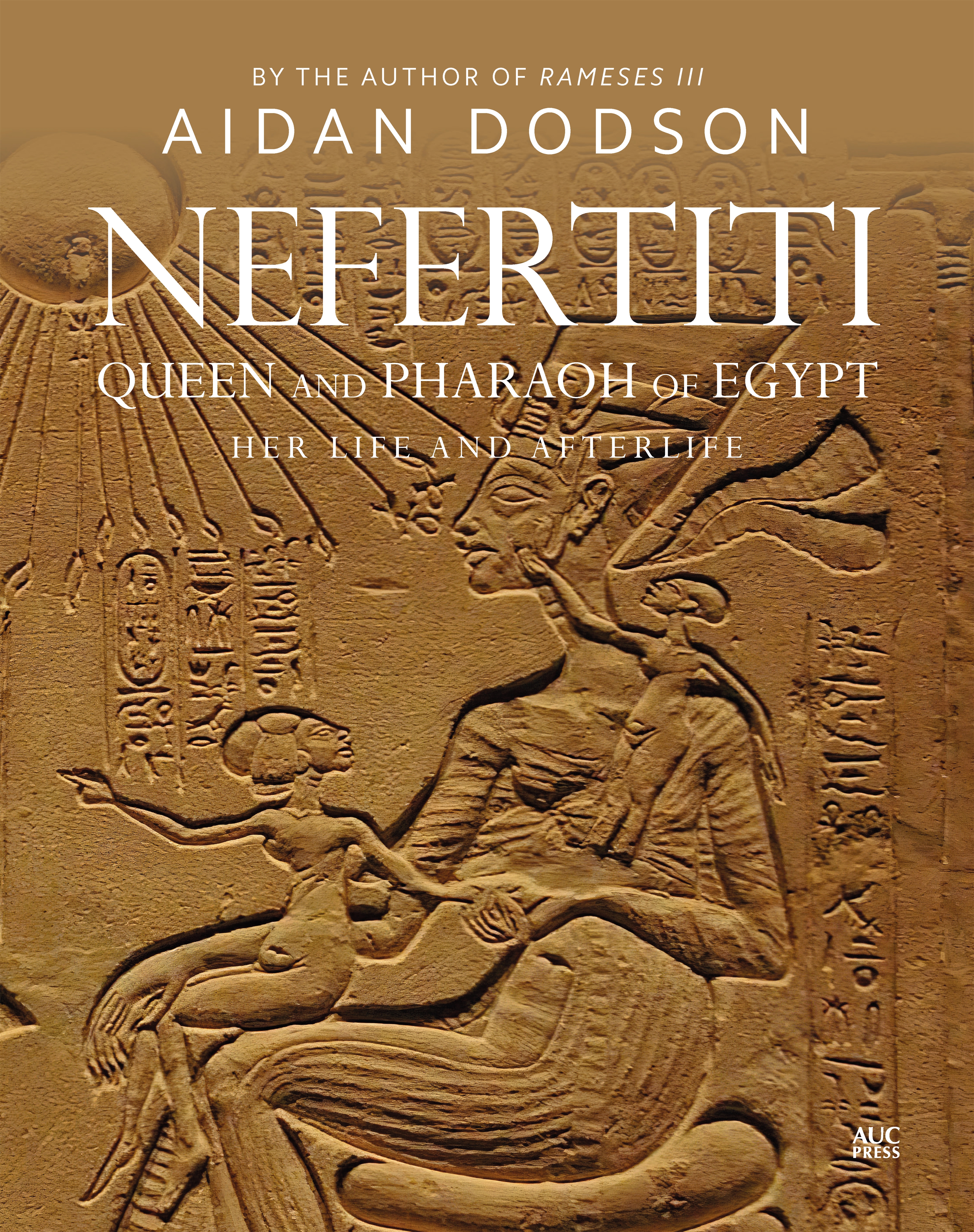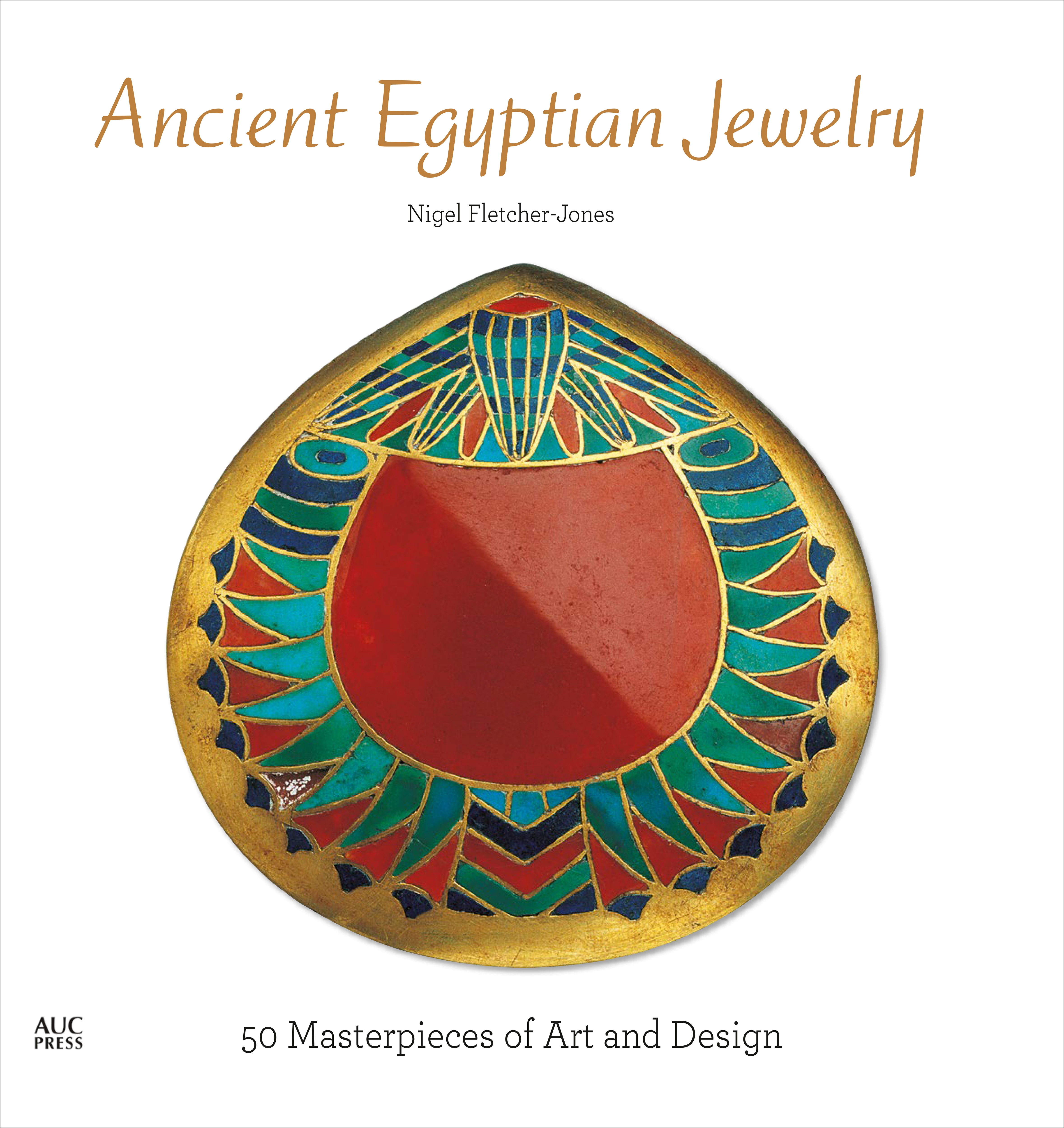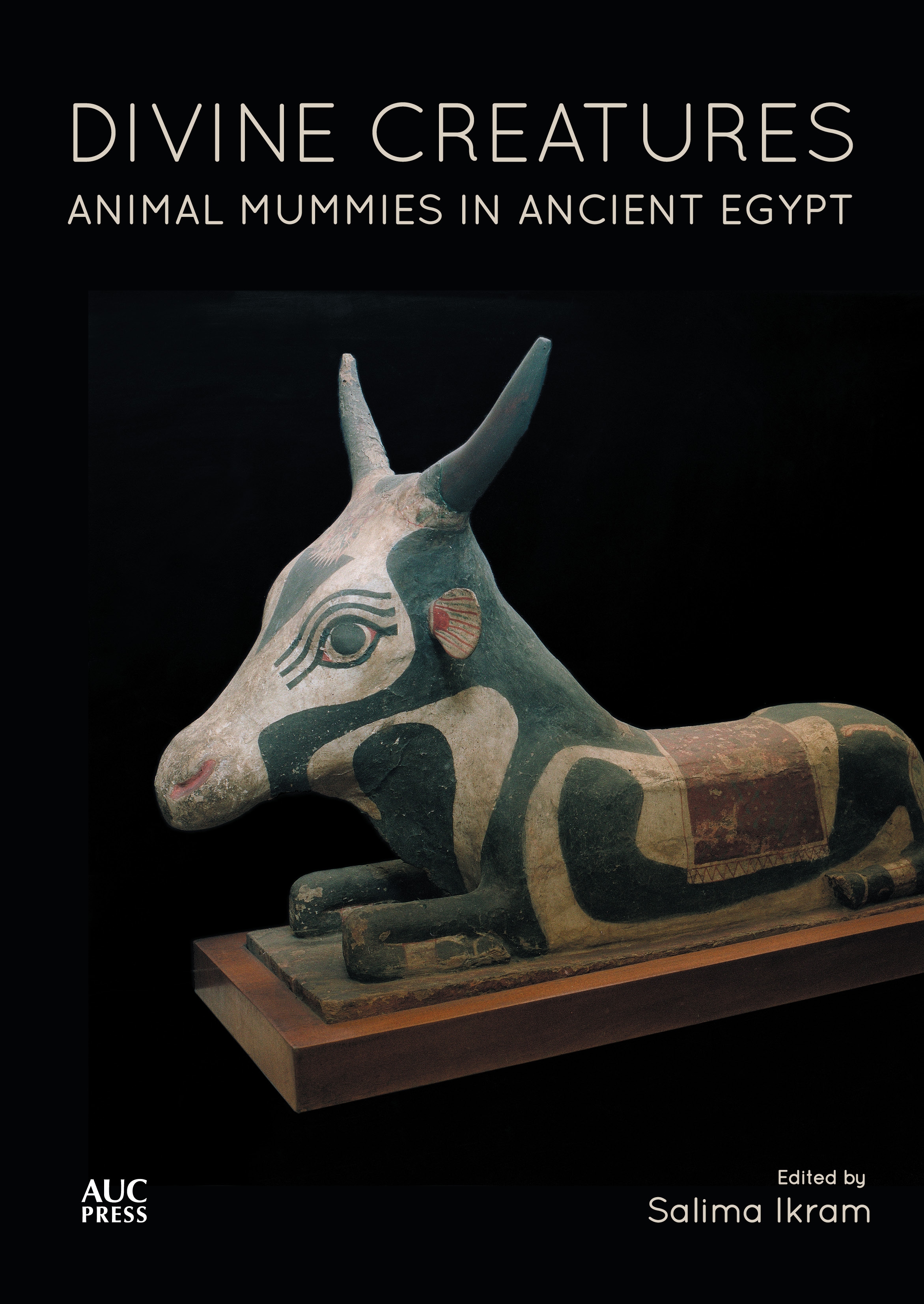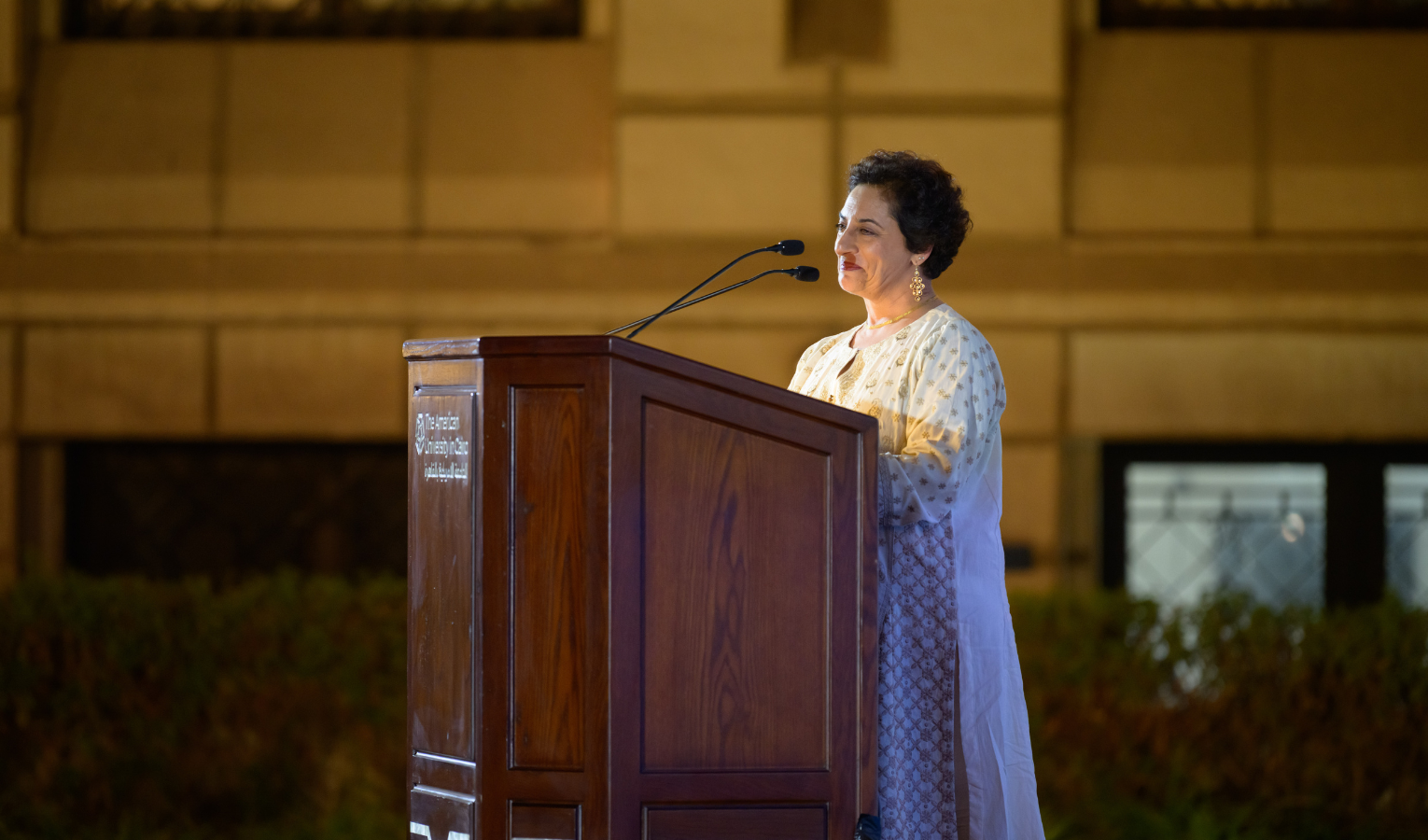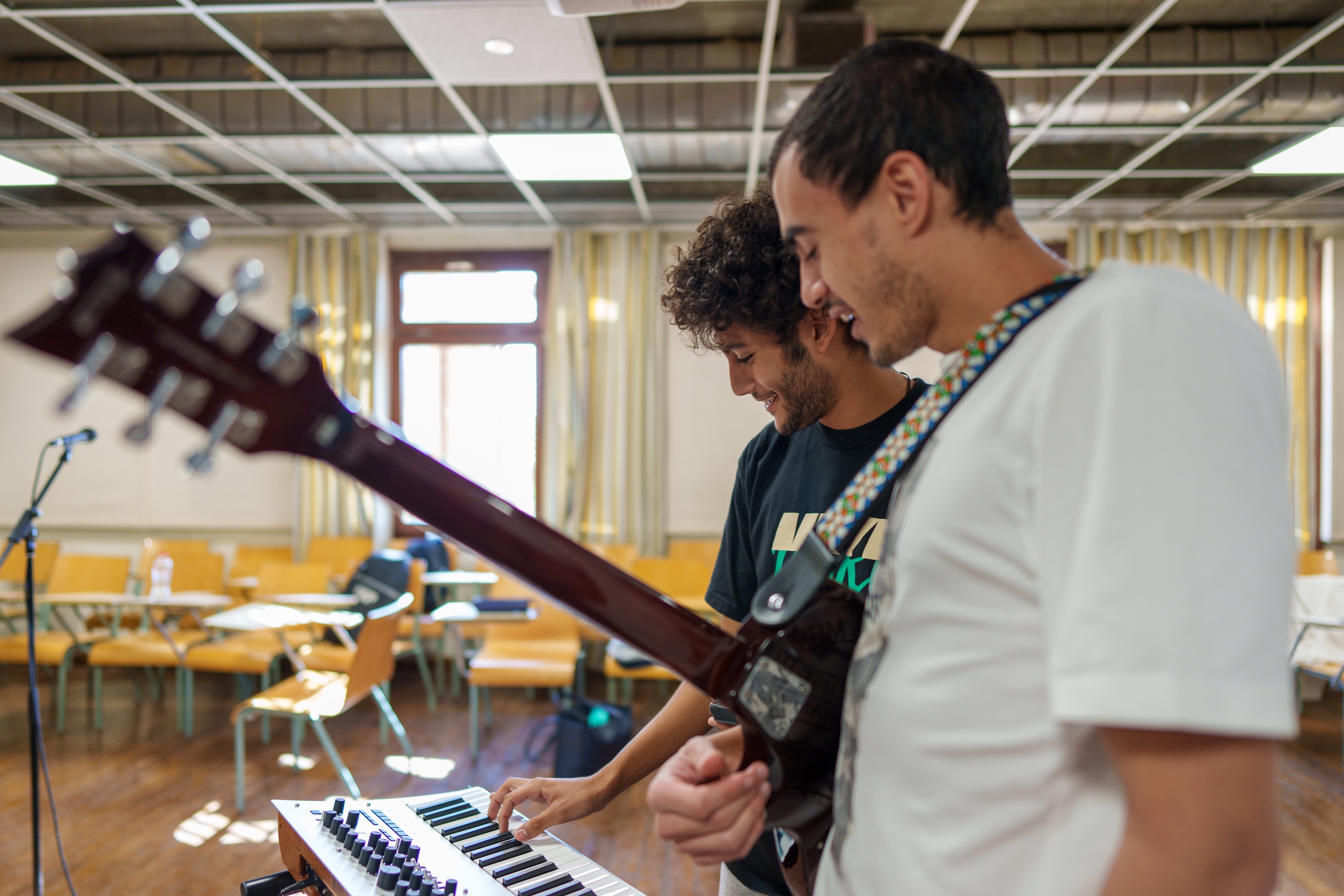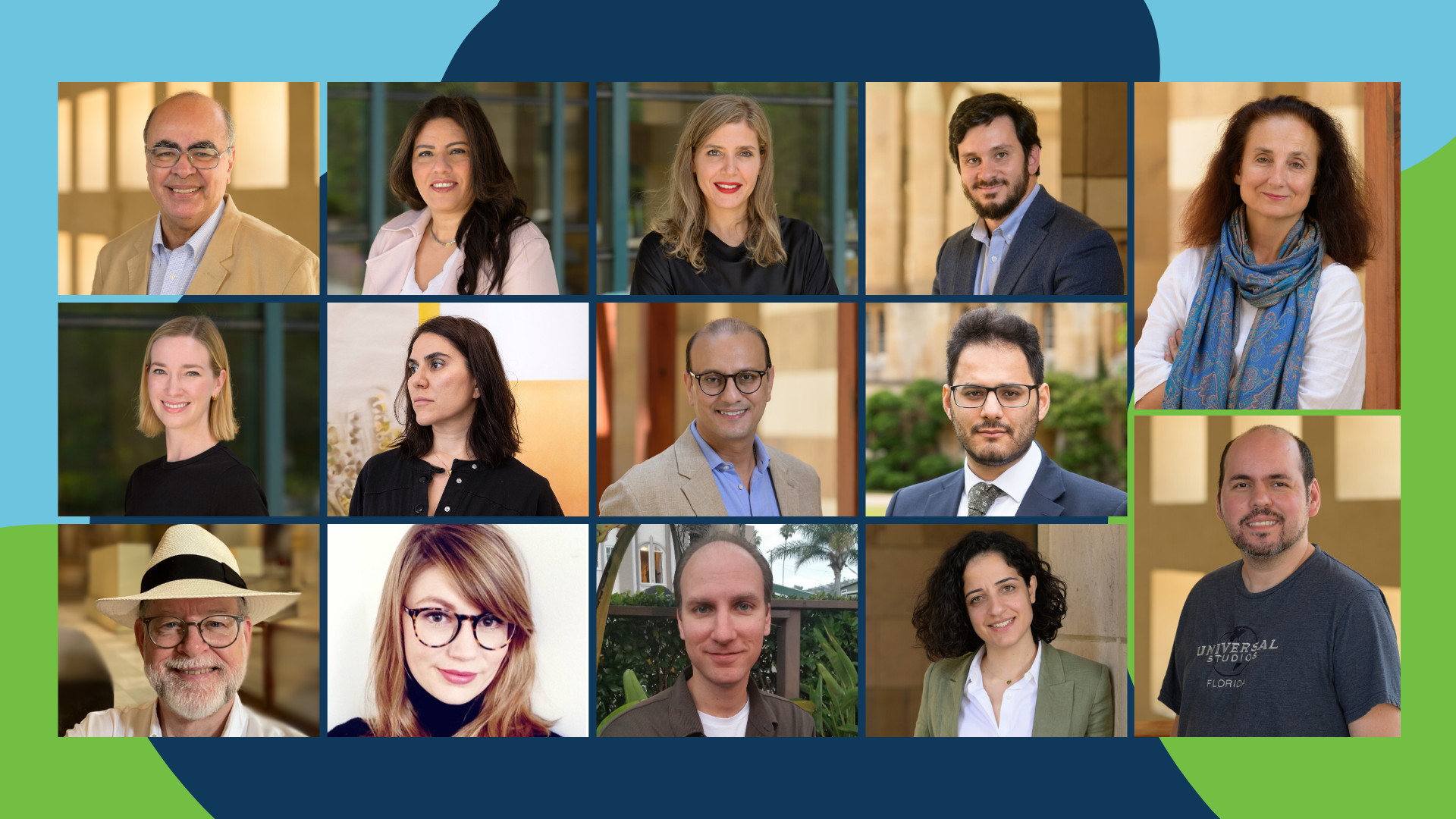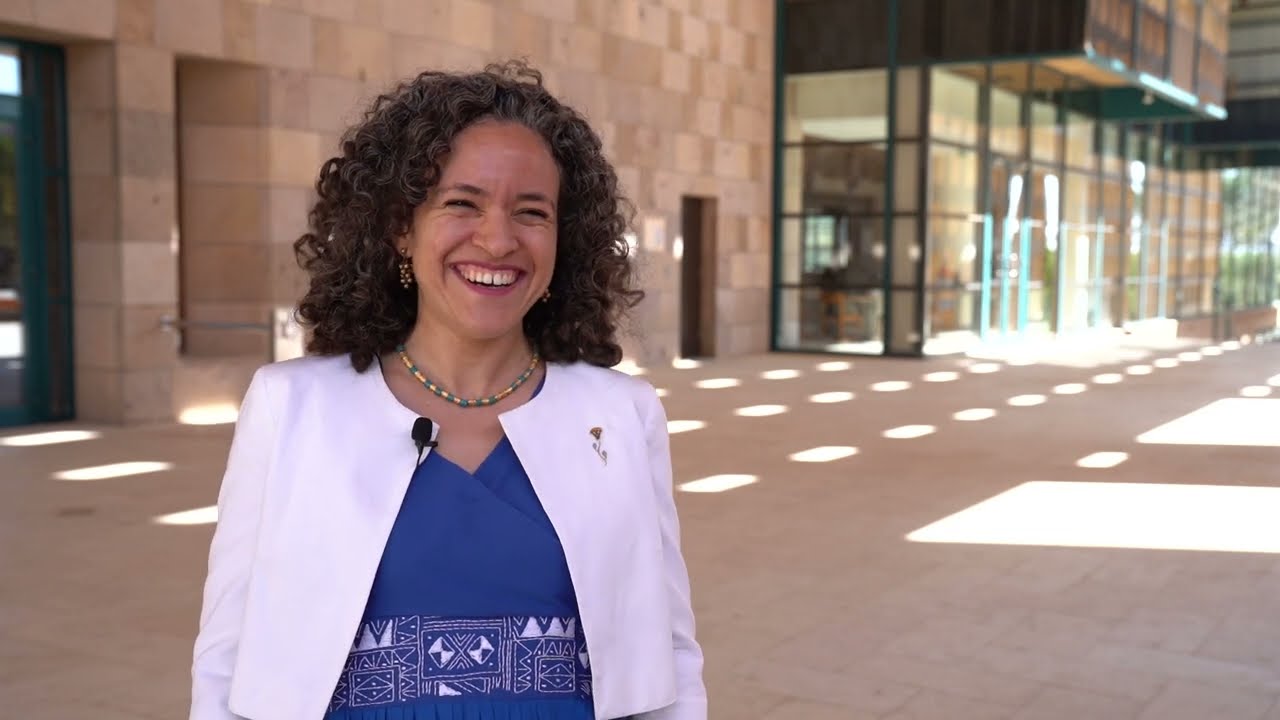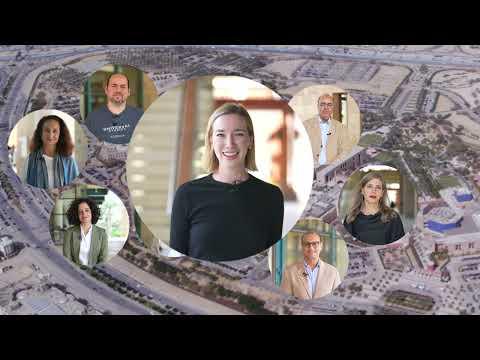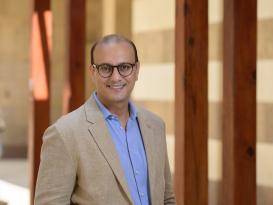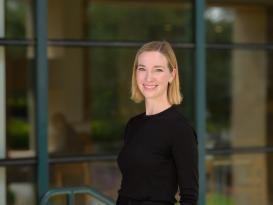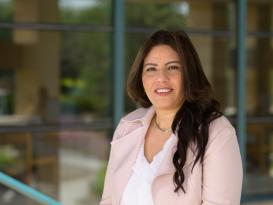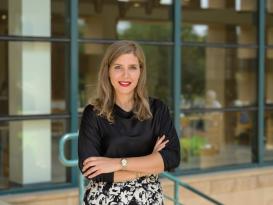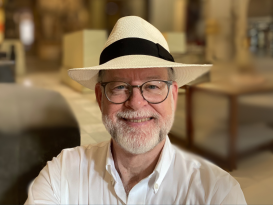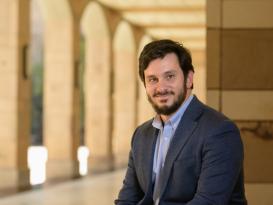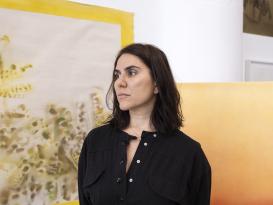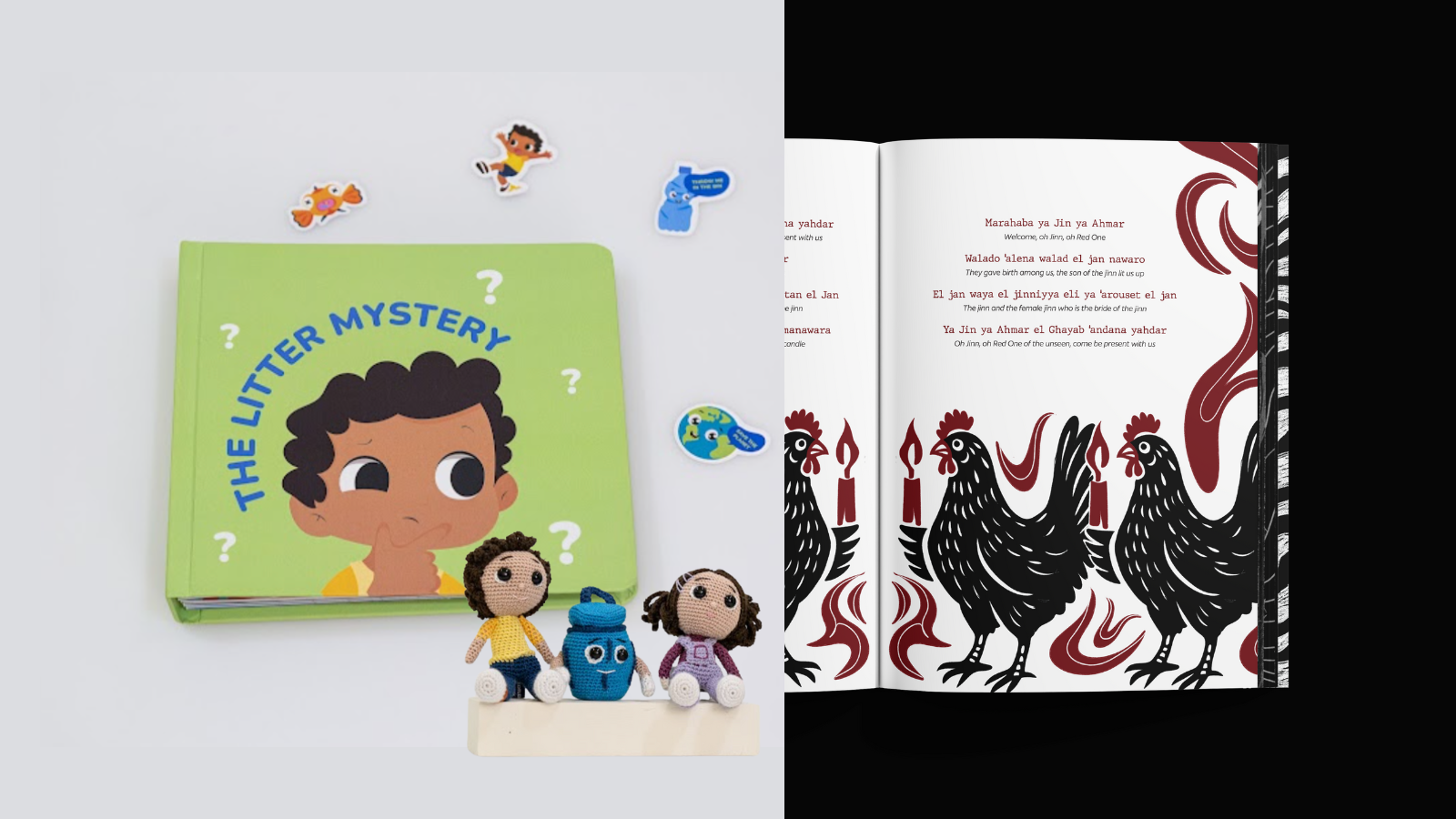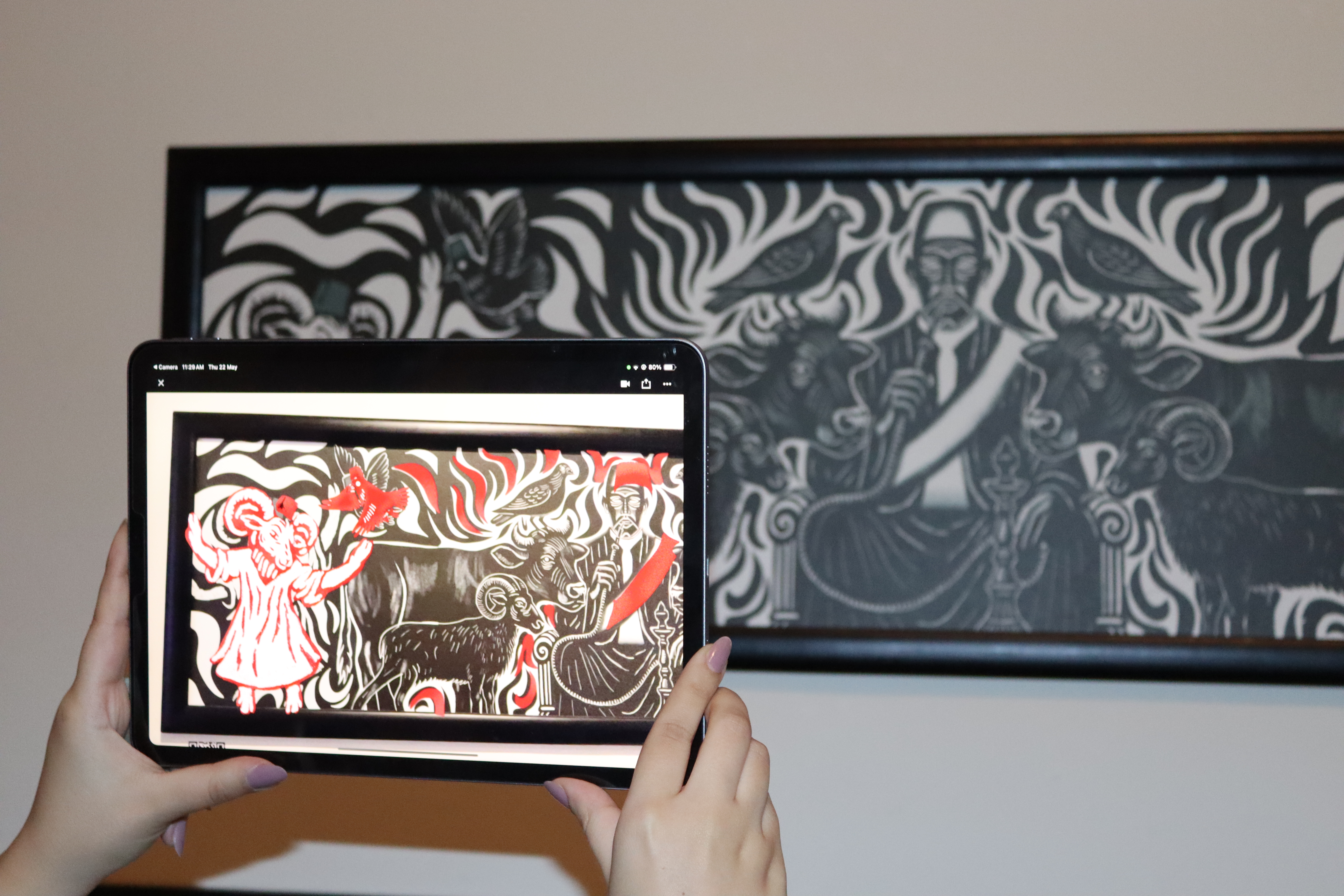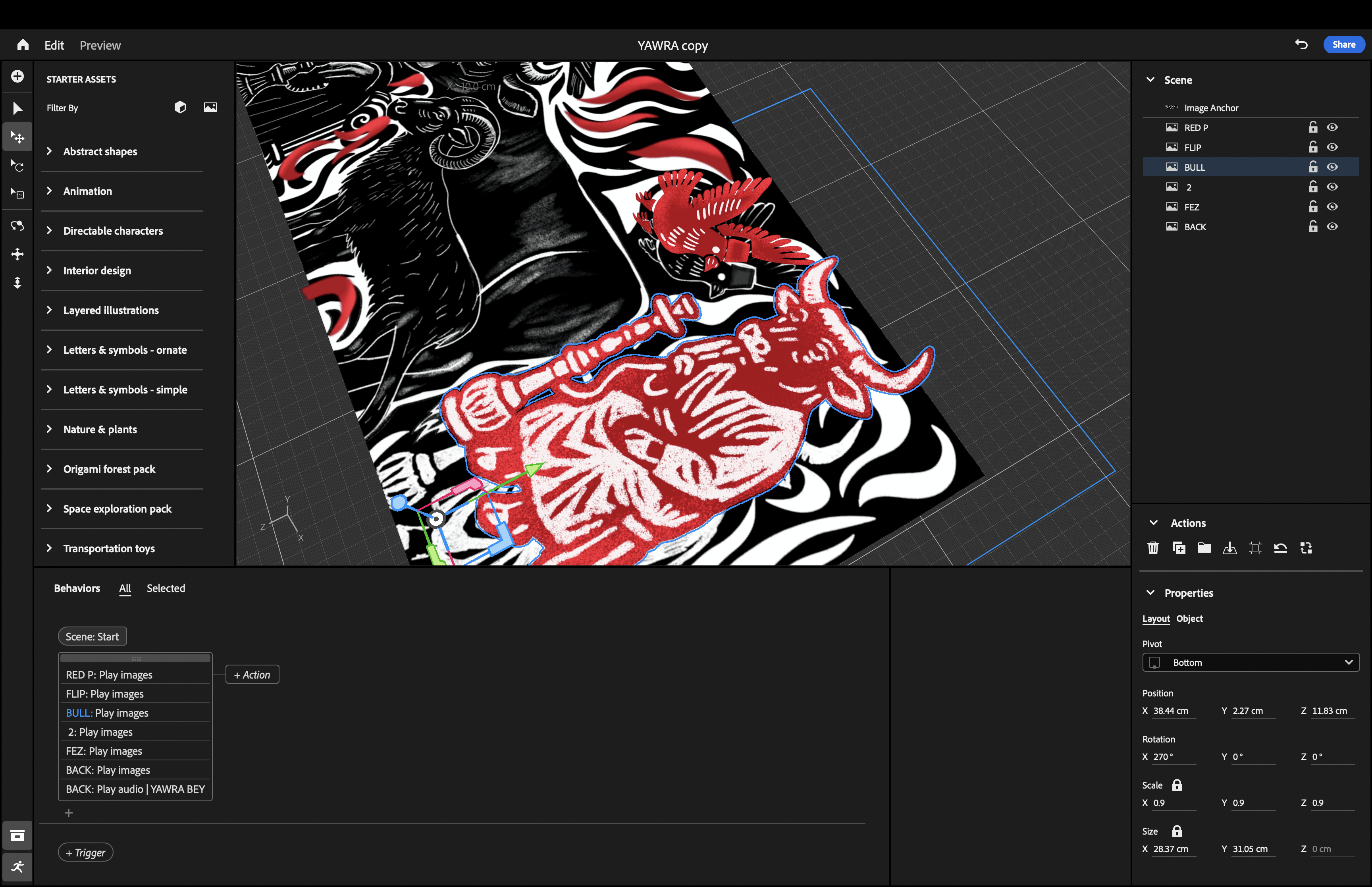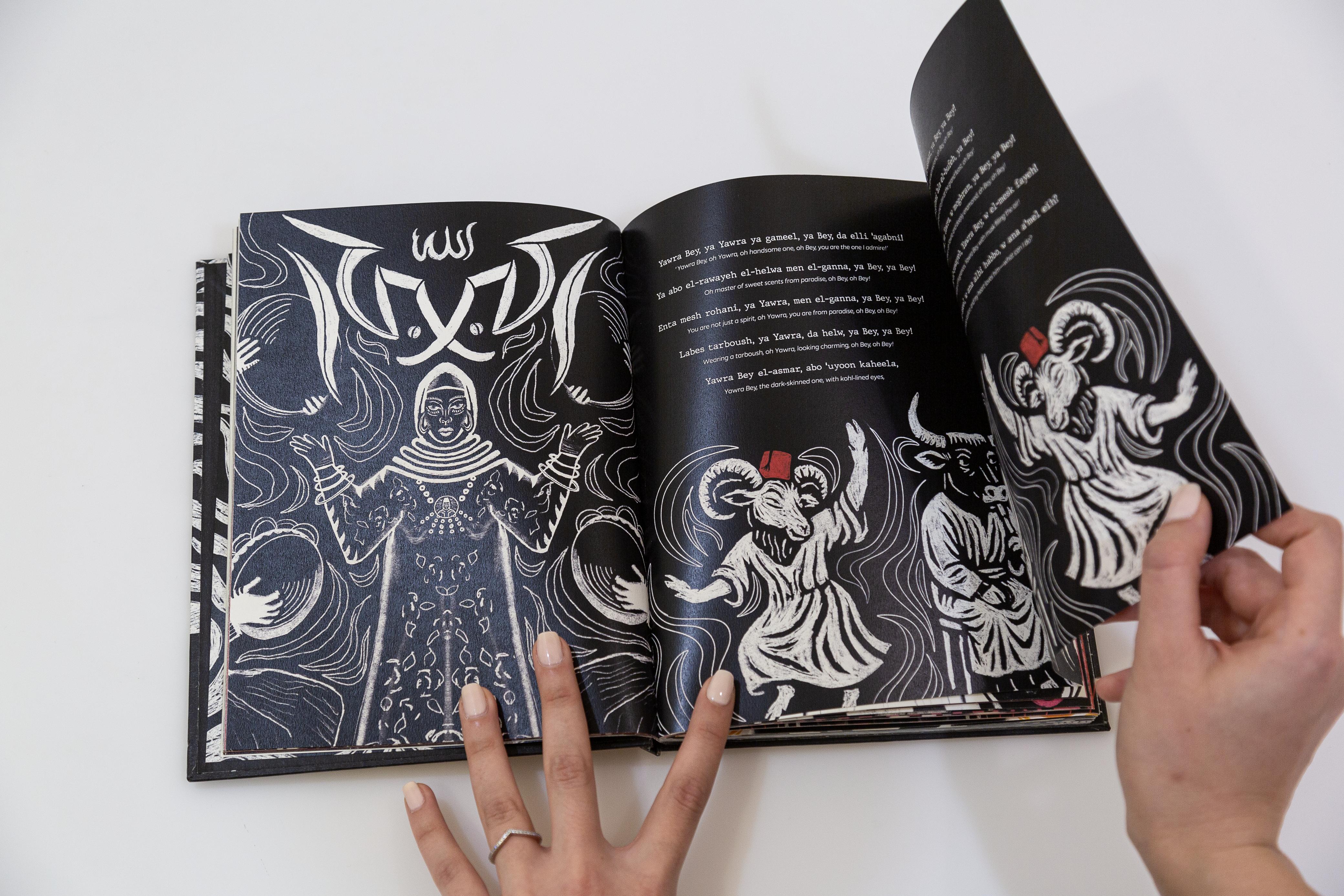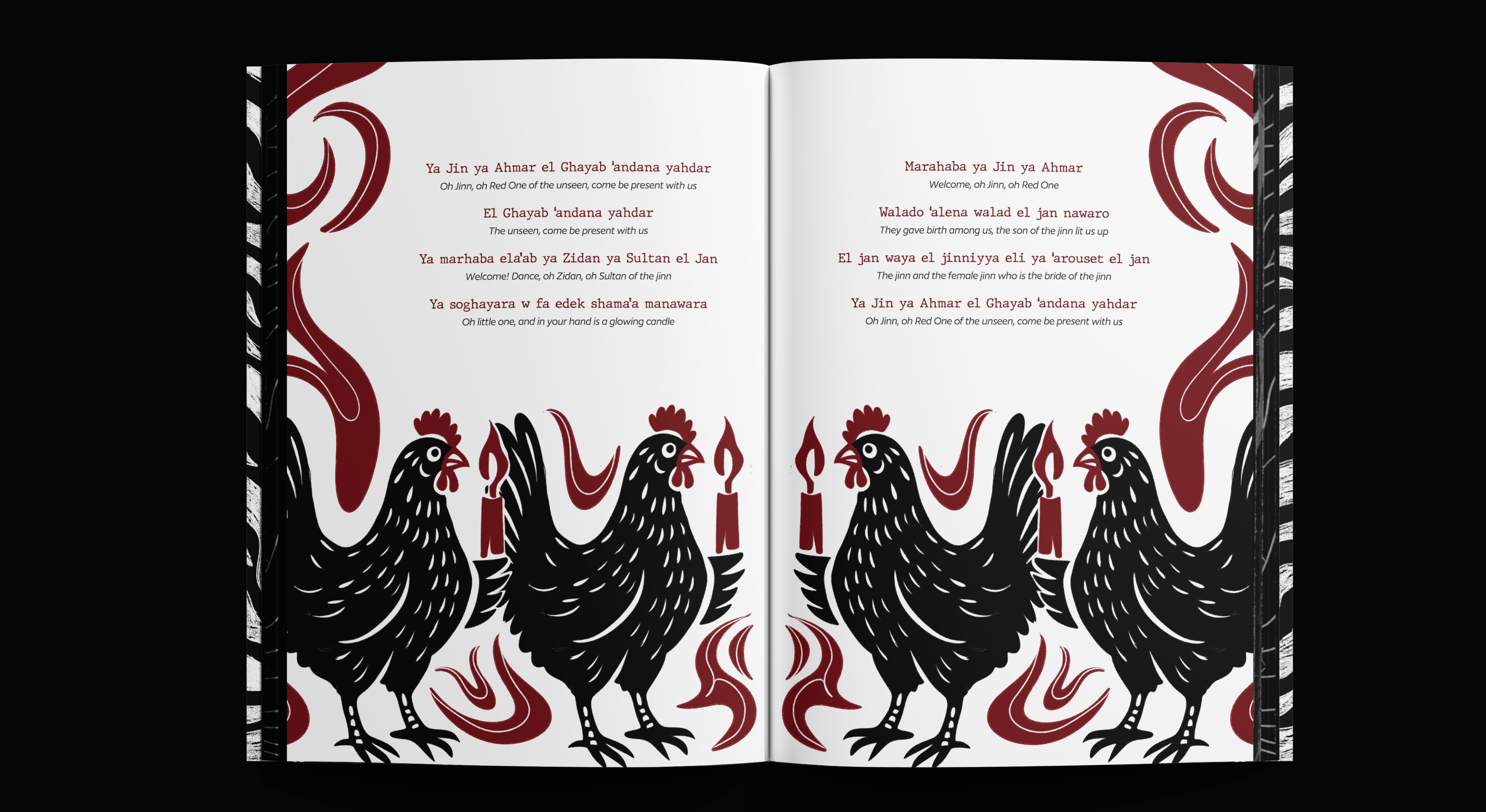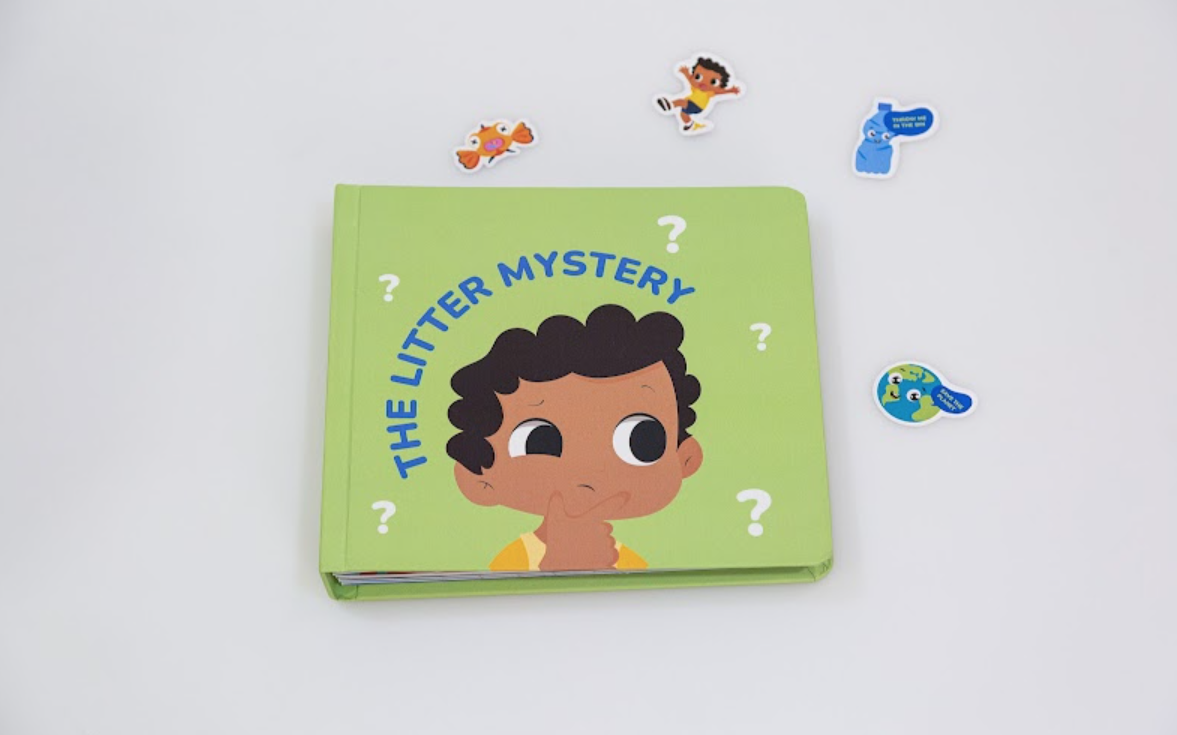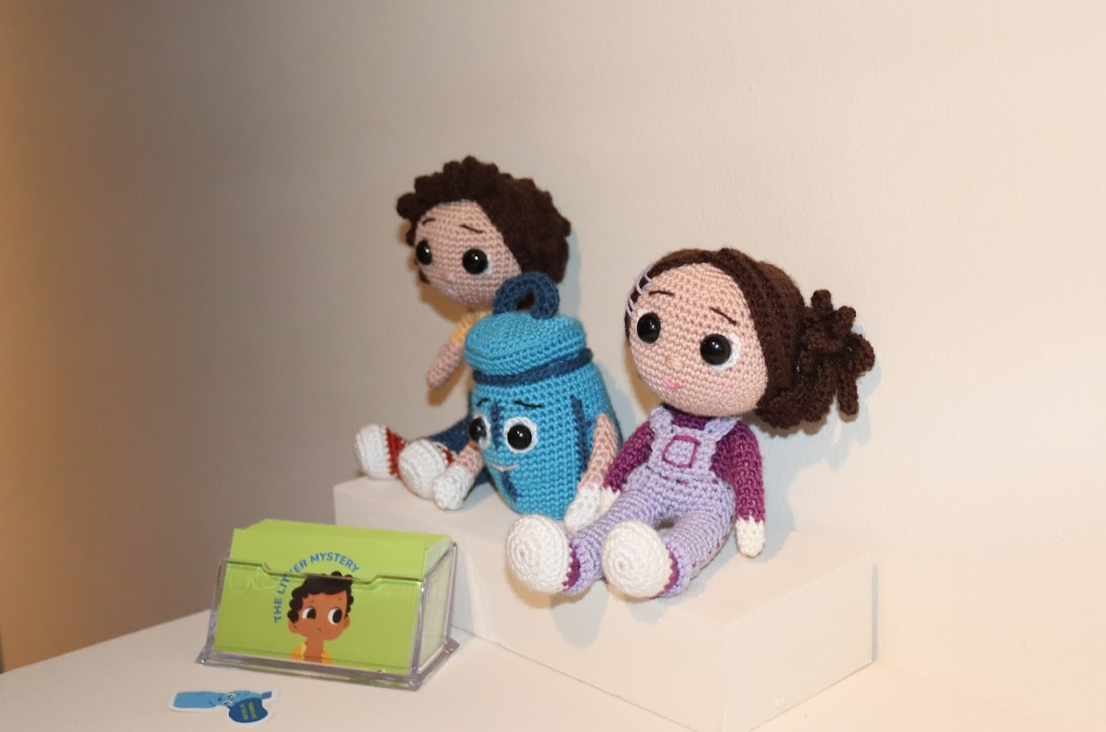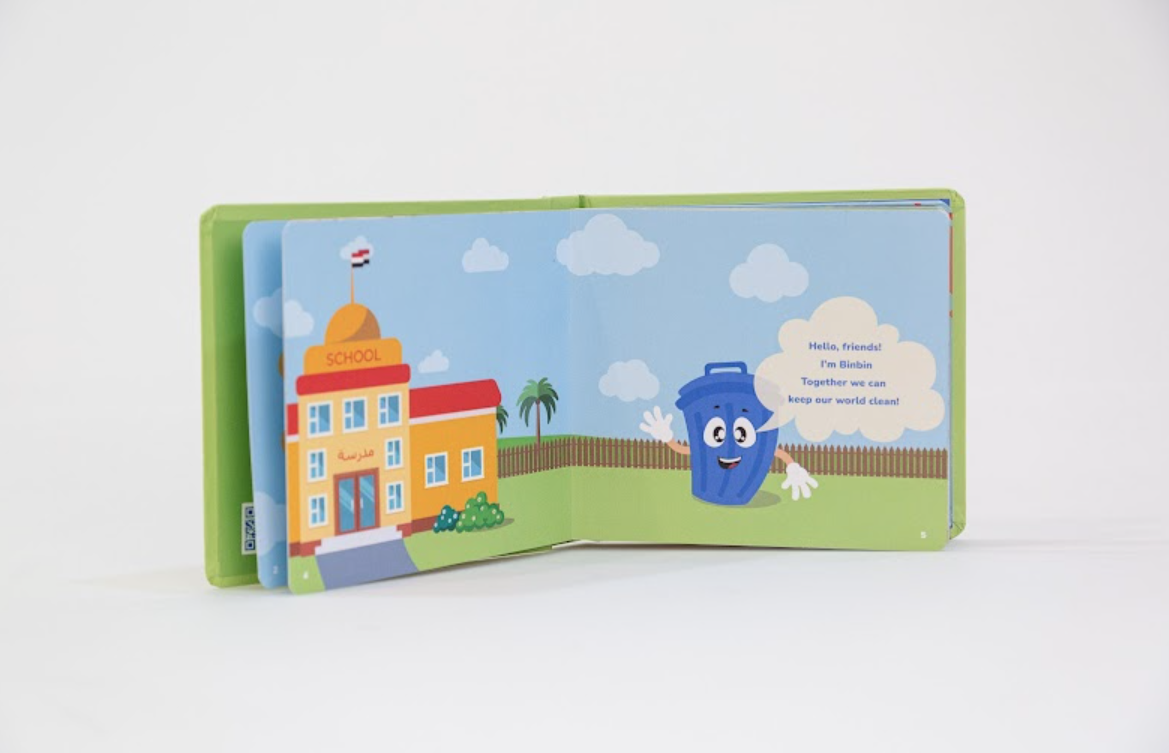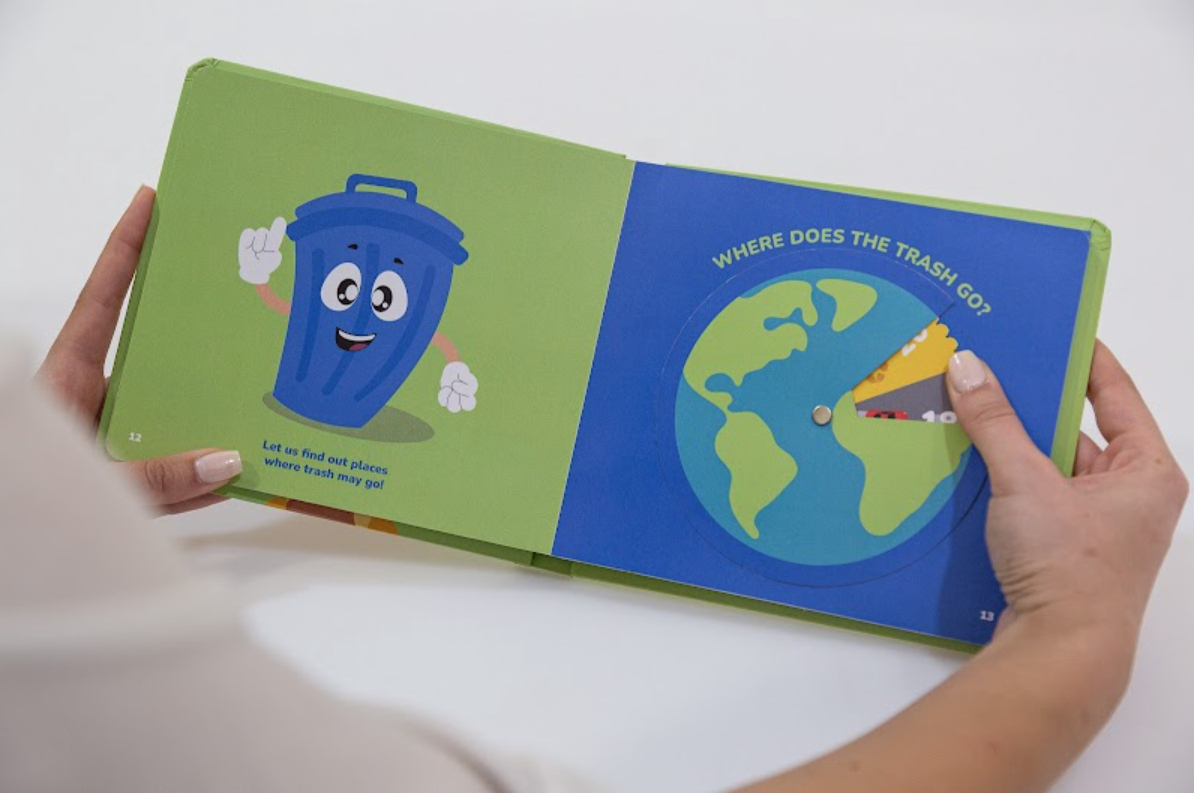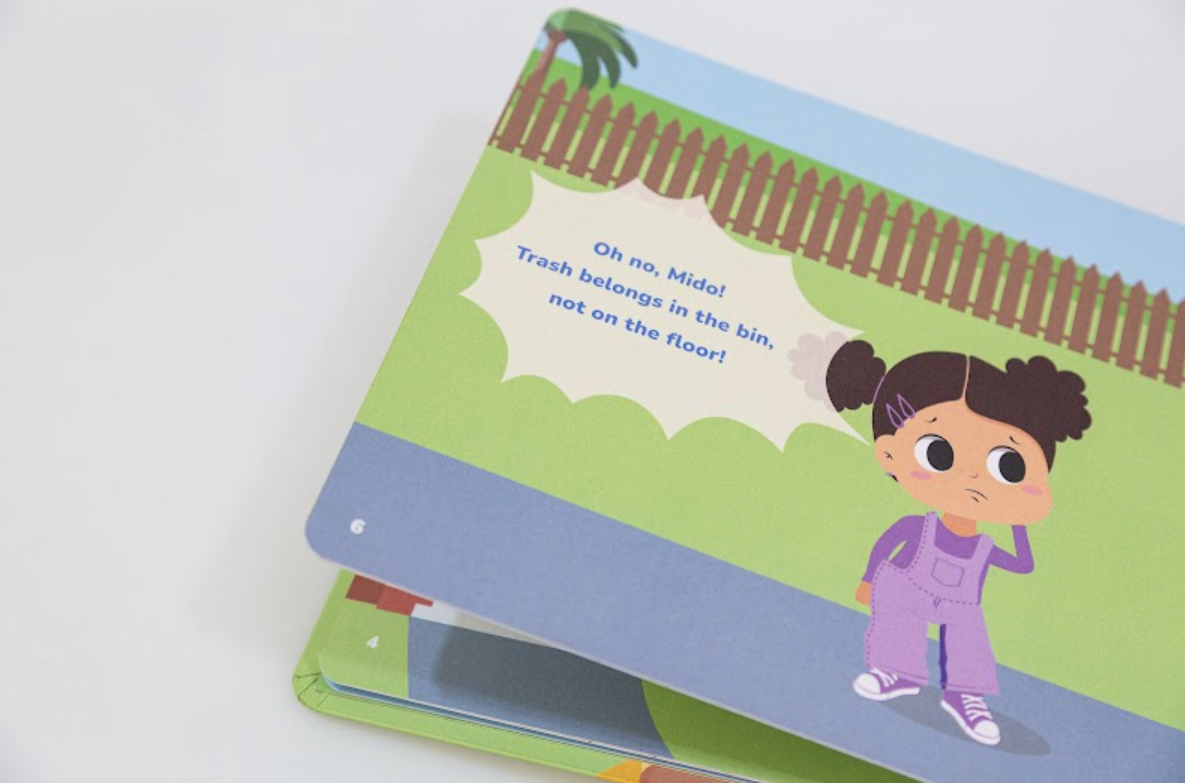This month’s opening of the Grand Egyptian Museum (GEM), the largest archaeological museum complex worldwide and the world’s largest museum dedicated to a single civilization, marks the beginning of a new era in Egyptology.
“It is exciting, as it is an enormous museum that contains a vast number of objects from the dawn of Egyptian history to the start of Christianity in Egypt,” said Salima Ikram (YAB ’86), distinguished University professor of Egyptology and the Amelia Peabody Chair in Egyptology at AUC.
The museum was first announced by the Ministry of Culture in 1992, and construction began in 2005. For over 20 years, the government, researchers, Egyptologists and the Egyptian community have been working together to turn the GEM dream into a reality. GEM will host collections of Egyptian artifacts from the Predynastic period to Coptic Egypt and notably will have the complete King Tutankhamun collection, which has spent the last century touring internationally.
News@AUC spoke with faculty, students and alumni to learn about this major milestone: what GEM means for Egypt, Egyptology and the world.
Bringing Education to Egypt
GEM will host over 100,000 Egyptian artifacts, including many newly restored pieces that have never been shown publicly before. “It is the first time for many of the artifacts to be on display, and the sheer number of objects in one place allows for studying the evolution of an object type or comparison between types.”
With over 12 main halls, as well as a children’s museum, GEM will provide resources for study in every aspect of Egyptology — from daily life to burial traditions to ancient treasures. Students will greatly benefit from having all these resources in one place, including the conservation center, which is the largest center in the Middle East dedicated to the restoration of antiquities.
Sara Abdelaziz ’11, who previously worked in GEM’s Technical Office and is currently head of communications at the American Research Center in Egypt, explained how important such hands-on learning is to Egyptology students, sharing her experience as an Egyptology student at AUC: “While students elsewhere learned art history through books, our classes were held at the Egyptian Museum in Cairo, studying artifacts firsthand. Instead of only translating ancient languages from notebooks, we worked directly on inscriptions from temple walls.”
This experience was incredibly formative for Abdelziz, and she knows GEM will function as a new educational beacon. “The museum can serve as a hub for international researchers to collaborate with Egypt’s egyptological scientific community through conferences, joint publications, and shared exhibitions, fostering growth in the discipline,” she said.
“The museum can serve as a hub for international researchers to collaborate with Egypt’s egyptological scientific community through conferences, joint publications, and shared exhibitions, fostering growth in the discipline."
Bringing the international community into Egypt is sure to have positive benefits not only on tourism, but also on the strength of research and understanding within the Egyptology field. “GEM will certainly attract more visitors, who will then gain a better understanding of ancient Egyptian art, culture and technology by engaging with the grand variety of objects on display,” said Ikram.
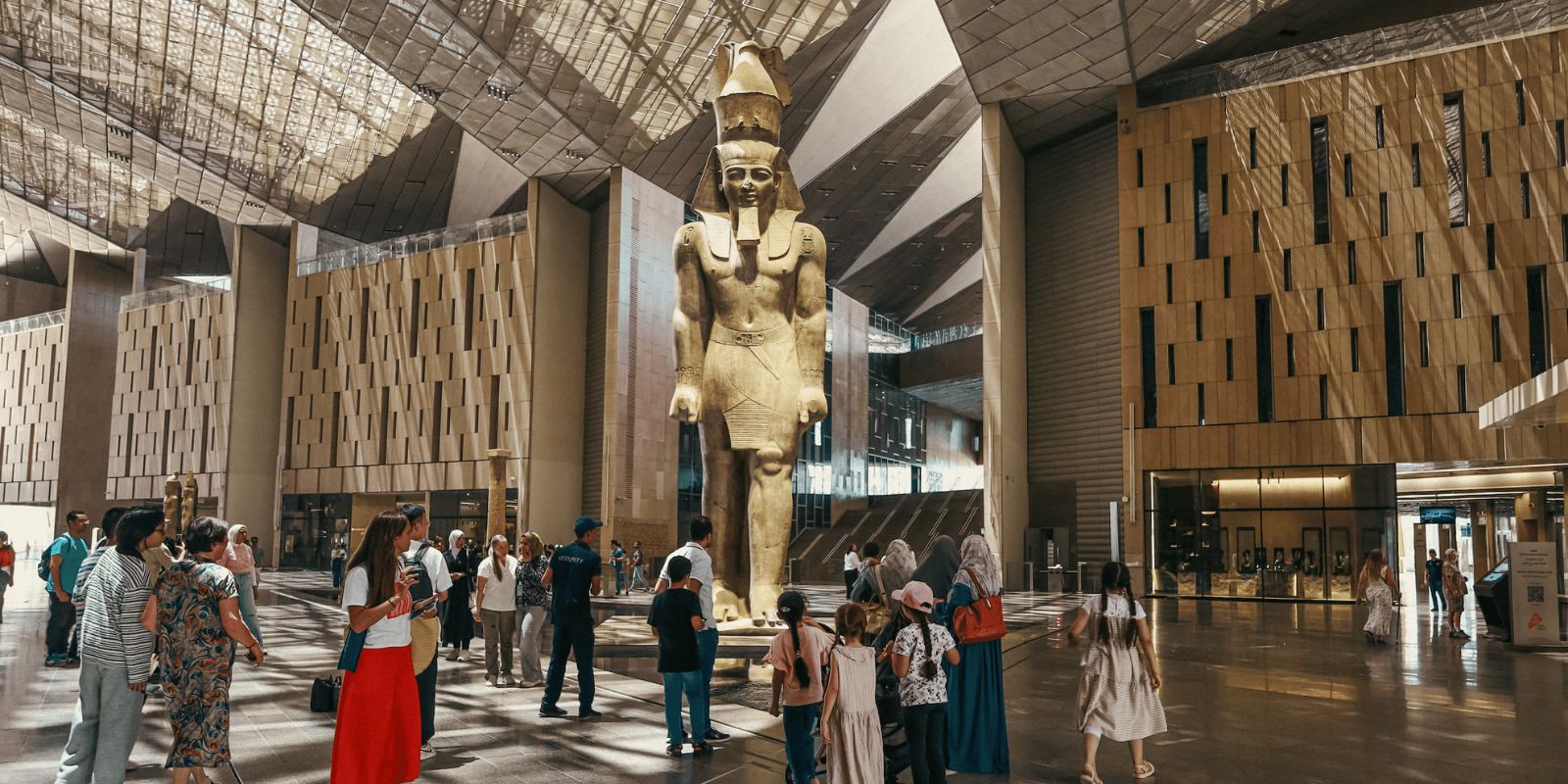
A New Research Hub
While much of the focus on GEM has been its breathtaking exhibits and incredible artifacts, the museum also hosts state-of-the-art restoration and conservation laboratories equipped to handle all the specific needs of Egyptologists, such as research on mummies, wood, stones, wall paintings and metals.
Ikram explained the significance of GEM’s new research facilities. “Through the labs, many new discoveries can be made. Analysis can reveal the types of pigments used, how they were mixed and whether they were imported,” she said. “Imports shed light on trade relationships and networks, which also provide insights into the Egyptian economy.”
Abdelaziz described that having on-site research facilities can lead to incredible discoveries that can easily be shared with the public. She gave an example of these capabilities: “Some pendants and jewelry displayed inside the thematic galleries arrived into the museum as tangled beads. With time, they were meticulously reconstructed into magnificent broad collars, reflecting how they were originally worn.”
"The numerous laboratories equipped with modern equipment should deepen our understanding of ancient Egyptian technology and material culture."
By providing both a place to store and interact with the artifacts, as well as an on-site conservation lab with advanced research facilities, GEM will become a hub for scholars interested in Egyptology. “The numerous laboratories equipped with modern equipment should deepen our understanding of ancient Egyptian technology and material culture,” Ikram said.

Never-Seen-Before Collections
The monumental size of GEM — 500,000 square meters, making it the largest archaeological museum in the world — means that it will be able to showcase artifacts that have not been displayed before or not been displayed together in a space big enough to hold the complete collection. Perhaps one of GEM’s biggest draws is that it will host the entirety of King Tutankhamun’s collection for the first time since Howard Carter opened his tomb in 1922.
Dina Touta, heritage consultant for GEM’s operator, Legacy Development and Management, explained, “Seeing Tutankhamun’s full collection reunited for the first time will be an extraordinary experience. It offers a rare opportunity to understand the artistry, symbolism and humanity behind his treasures in their original cultural context.”
Ikram elaborated on the importance of the collection: “I am looking forward to seeing the entire Tutankhamun collection in one place. It will help us better visualize and understand the ensemble. This can lead to more profound research not only on this particular assemblage, but also as to what other royal burials might or might not have contained. In addition, comparisons between different types of objects, be it in terms of motifs or technologies used to create them, can be made more easily.”
GEM will host a number of other innovative and never-before-seen artifacts, including an exhibit displaying Khufu’s two solar boats—one long displayed at Giza and the second being shown to the public for the first time. The Collection of Queen Hetepheres and the Collection of Yuya and Thuyu have been undergoing restoration, and will also be unveiled at GEM as part of the new displays.
“For me, some of the material in the Old Kingdom galleries are of particular interest, such as painted fragments from a mastabas in Dahshur, as they are being displayed together in a well-lit context for the first time,” said Ikram.
“The diverse styles and techniques employed in the decoration of Old Kingdom tombs emphasize the innovations that exemplify the art of this period, and it is a delight to be able to see so many stunning examples of Old Kingdom art in one place.”
By having a space to display all these artifacts, scholars will be better able to compare and contrast different parts of Egyptian history and study the historical evolution. Students will have the opportunity to learn about these artifacts firsthand, and the Egyptians will be able to interact with their history in new and immersive ways.
Part of GEM’s remodel includes interactive storytelling elements in the exhibits. Abdelaziz confirmed how these elements can improve the experience for museum-goers. “From digital reconstructions of tombs to handpainted videos of ancient voyages, these comprise exciting experiences for everyday visitors to engage with the understanding of ancient history in a new way,” she said. “I personally love the thematic galleries because every time I go back to the museum, I discover new artifacts that I had not noticed before.”
Shifting Egyptology’s Focus Back to Egypt
A number of studies have discussed how Egyptology as a discipline has historically been exported out of Egypt, with foreign scholars often taking artifacts out of the country under the justification that better research facilities are available abroad. GEM will serve as a beacon that dissuades these claims, proving definitively that Egypt has the capacity to study its history and share it with its people.
Touta highlighted the excitement that the Egyptology community feels around this shift in perception and material capabilities. “The Grand Egyptian Museum will elevate Egyptology’s global reputation by placing the country at the forefront of research, preservation and interpretation of its own heritage,” she said. “With its unparalleled collection, advanced conservation facilities and academic collaborations, GEM will serve as a leading center for scholarship and innovation. It will shift the focus of Egyptology back to Egypt, reinforcing its role as both the heart and authority of the discipline.”
“With its unparalleled collection, advanced conservation facilities and academic collaborations, GEM will serve as a leading center for scholarship and innovation. It will shift the focus of Egyptology back to Egypt, reinforcing its role as both the heart and authority of the discipline.”
This shift is a source of national pride, affirming that this museum is a place to honor all Egyptians — ancient and modern. Egypt’s Ministry of Tourism and Antiquities has been integral in the strategic planning of the museum, and the government has declared November 1, 2025 as a national holiday to celebrate the museum’s opening. The museum will open to the public on November 4.
“The opening ceremony was symbolic, inaugurating a chapter in which Egyptians celebrate their own national pride and care for their ancient history,” Abdelaziz said. “We’ve struggled far too long to prove that foreign museums are not the only ones worthy of keepsaking Egyptian artifacts. While GEM is not Egypt’s only remarkable collection, it stands as a powerful symbol of scientific dedication, research, planning and curation — ranking among the world’s most prestigious museums.”
The opening of the museum also displays the power of the international community, who have come together to support GEM’s launch. The Japan International Cooperation Agency served as a major investor in the project, and the guest list for the inaugural night of the museum included the royal families of Japan, Belgium, Spain, Denmark, Jordan, Bahrain, Oman, the United Arab Emirates, Saudi Arabia, Luxembourg, Monaco and Thailand. Presidents from Djibouti, Somalia, Palestine, Portugal, Armenia, Germany, Croatia, Cyprus, Albania, Bulgaria, Colombia, Equatorial Guinea, the Democratic Republic of Congo, Ghana, Eritrea and Malta were also all in attendance.

How Can You Get Involved?
After the energy of the opening dies down, the best way for students and community members to celebrate GEM is simple: by visiting the museum! In the coming months, there will be ample opportunities for students to explore GEM and learn about the rich history of its artifacts.
Ikram also believes that those interested in researching Egyptology will have a place at GEM. “It is hopeful that scholars will be able to continue to research objects and collections, with the added enhancement of the technologically advanced GEM conservation laboratories that allow for imaging and materials analyses,” she said.
Touta noted that the AUC community can plan classes, research opportunities and outings around the museum. She recommends joint courses in Egyptology, heritage management and museum studies. “By uniting research, education and innovation under one roof, the museum bridges the past and present, allowing Egypt’s ancient civilization to speak to modern audiences in new and meaningful ways,” she said.





